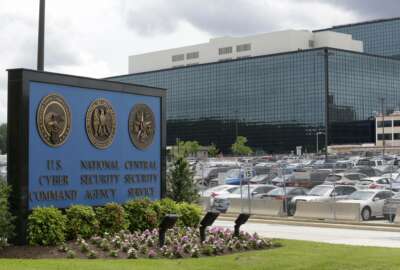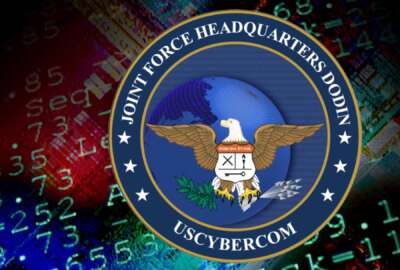U.S. Cyber Command is standing up a new program executive office to support its Joint Cyber Warfighting Architecture as it is working to get more acquisition authority over program management shops within the services.
The command is working with the Office of the Secretary of Defense’s Acquisition & Sustainment office and the services to set up the program office. Last year, CYBERCOM got system engineering and integration authority over the JCWA.
“What that means is we now have the authority to define the interoperability standards between the different components to help better drive better integration and better interoperability between the different systems,” CYBERCOM Acquisition Executive Khoi T. Nguyen said during the C4ISRnet event Wednesday.
When CYBERCOM launched the Joint Cyber Warfighting Architecture five years ago, the goal was to consolidate disparate systems across the military services into one single platform. The JCWA currently encompasses six programs of record, including the Joint Common Access Platform, which is managed by the Army; the Joint Cyber Command and Control, managed by the Air Force; and a persistent cyber training environment, which also falls under the Army’s purview.
The next step as part of the establishment of the executive program office is to get more acquisition authority over those program shops.
“That will give us more authority over the PM shops not only technical from an A&S authority perspective but also acquisition. So, talking about approving those programs or records, acquisition and contracting strategies. That will give us a much more holistic ability to move everybody forward singularly,” said Nguyen.
In addition, the command conducted an in-depth analysis last year to better understand the JCWA’s components and capabilities. Following the analysis, several initiatives were launched.
One of those initiatives is to reduce redundancies and reducing the number of software factories is one of the ways the command will get after those redundancies.
“Today, these six programs of record all have their own software factory that are doing software development. The initiative to reduce redundancies means, ‘Let’s combine some software factories.’ This way, we reduce the number of software factories that are out there delivering capabilities for JCWA,” said Nguyen.
“But more importantly if you think of SolarWinds — it was an attack on the software factory. [Reducing redundancy] will ensure we have a much better ability to defend our supply chain from a software development environment perspective.”
In addition, different programs within JCWA use slightly varied technology stacks. In an effort to reduce redundancy, the command wants to have a common Kubernetes platform and program shops would use this environment to deploy their applications.
“This allows more efficiencies in the applications. But more importantly, with this common platform we’re able to deploy it in different environments. We can deploy it within the cloud. We can deploy it on an edge processing or we can deploy it to our hunt kit with a common platform. And then the variances will be based on the applications that are delivered on top of that,” said Nguyen.
Copyright
© 2024 Federal News Network. All rights reserved. This website is not intended for users located within the European Economic Area.





